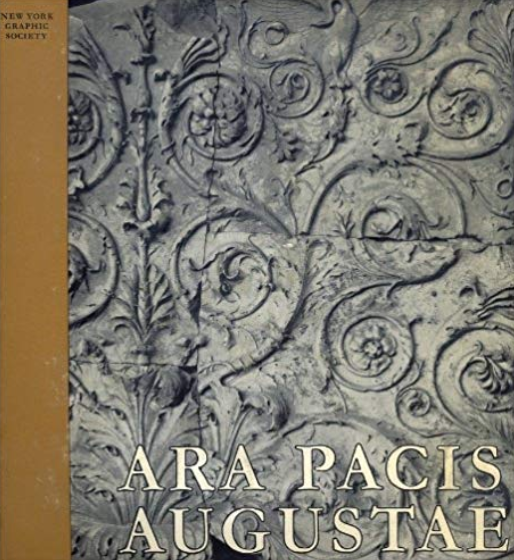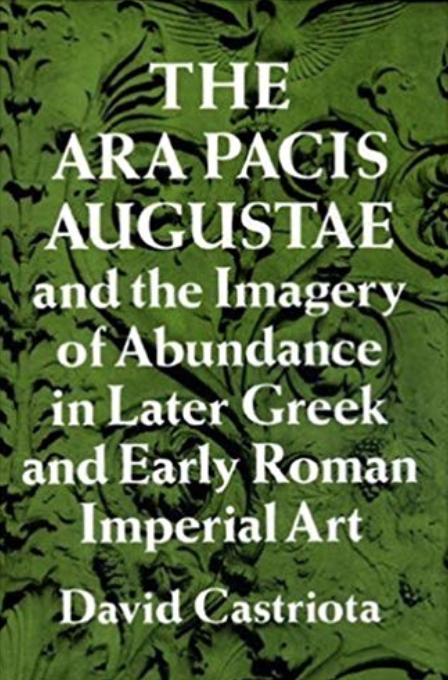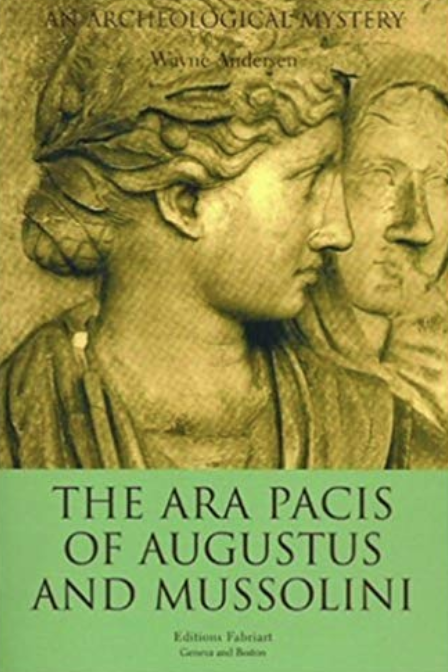Start with our video overview:
While tombs are frequently linked with Ancient Egypt, they were also an integral part of Roman culture. The city of Rome houses numerous tombs and funerary monuments spanning from the early republic to the Christian empire. Exploring Roman funerary practices, and how they evolved over time, gives us valuable insights into Roman civilization.
Etruscan and Greek Influence
The Romans were heavily influenced by the Etruscans and Greeks in many aspects of their culture, including tomb construction. The Etruscans, who lived in Italy before the rise of Rome, built extensive necropolises with burial mounds known as tumuli. These tombs were elaborately decorated with household items, intricate wall paintings, and sculptures depicting everyday life. The famous Sarcophagus of the Spouses, discovered in a necropolis in Lazio, is a prime example of Etruscan funerary art.
Similarly, the Greeks built monumental tombs during the Late Classical and Hellenistic periods. The most famous tomb from this era is the Mausoleum of Halicarnassus, one of the Seven Wonders of the Ancient World. The town of Vergina in Northern Greece also hosts several colorful and richly furnished tombs belonging to the Macedonian royal family.
Roman Tombs: A Blend of Tradition and Innovation
Like the Etruscans and Greeks, the Romans buried their dead outside city walls. This practice was not only a nod to tradition, but also a practical measure to avoid the spread of disease. The Romans forbade burials within their city’s pomerium, a sacred boundary that separated Rome from the rest of Italy. As a result, many tombs lined the roads into Rome, with their size and grandeur often reflecting the social status of the deceased. A striking example is the Tomb of Caecilia Metella, a monumental tomb along the Via Appia from the 1st century BCE.
Initially, Romans used both cremation and inhumation (burial) without a strong preference. However, during the Late Republic, cremation became more widespread. This led to the construction of columbaria, large buildings with niches for storing funerary urns. The early imperial period saw the construction of three of Rome’s most famous tombs, all intended for cremated remains. The first was the Mausoleum of Augustus, a monumental structure that resembled the tombs of the Hellenistic world and was covered with plants in imitation of Etruscan tumuli. The mausoleum contained the ashes of Augustus, along with fellow emperors Tiberius, Claudius, and Nerva. The second was Trajan’s Column, which housed the ashes of Trajan in its base. The third was the Mausoleum of Hadrian (known today as Castel Sant’Angelo) which held the remains of Hadrian and his wife Vibia Sabina, along with future emperors Antoninus Pius, Marcus Aurelius, Commodus, Septimius Severus, and Caracalla.
A Shift in Burial Practices
By the mid 2nd century CE, inhumation surpassed cremation in popularity. Romans in this period were often buried in sarcophagi, with the materials and decorations reflecting the wealth of the deceased. The poor were often buried in simple wooden or terracotta boxes, while the wealthy were entombed in ornate marble sarcophagi. Notable examples include the brilliantly carved Portonaccio sarcophagus and the Ludovisi sarcophagus.
The rise of Christianity significantly influenced Roman burial practices. Early Christians preferred to be buried and were often interred in underground catacombs. After Christianity was declared the state religion in 380 CE, above ground burials in church cemeteries became common. During Late Antiquity and the Early Middle Ages, the decline of Rome’s population and the waning importance of the pomerium led to the return of burials within the city itself, breaking away from old pagan customs.
Some of the most visible tombs in Rome:
- Tomb of Cestius
- Tomb of Bibulus
- Tomb of Trajan (Trajan’s Column)
- Tomb of the Scipios
- Tomb of Euryaces (Porta Maggiore)
Bibliography
- Awan, Heather T. (April 2007). “Roman Sarcophagi.” The Metropolitan Museum of Art. https://www.metmuseum.org/toah/hd/rsar/hd_rsar.htm
- “Etruscan Necropolises of Cerveteri and Tarquinia.” UNESCO. https://whc.unesco.org/en/list/1158/
- Grout, James. (n.d.). “The Mausoleum of Augustus.” University of Chicago. https://penelope.uchicago.edu/~grout/encyclopaedia_romana/romanurbs/mausoleumaugustus.html
- Nowakowski, Teresa. (August 2023). “Roman-Era Cemetery with Over 100 Tombs Unearthed in Gaza.” Smithsonian Magazine. https://www.smithsonianmag.com/smart-news/roman-era-cemetery-tombs-gaza-180982634/
- Platner, Samuel. (1929). “Sepulcra.” In A Topographical Dictionary of Ancient Rome (p.476-487). Retrieved from: https://penelope.uchicago.edu/Thayer/E/Gazetteer/Places/Europe/ Italy/Lazio/Roma/Rome/_Texts/PLATOP*/sepulcra.html
- Smith, William. (1875). “Funus.” In the Dictionary of Greek and Roman Antiquities (p.558-562). Retrieved from: https://penelope.uchicago.edu/Thayer/E/Roman/Texts/secondary/SMIGRA*/Funus.html
- Venit, Marjorie S. (2010). “Tombs.” In The Oxford Encyclopedia of Ancient Greece and Rome (1st ed.).
This content is brought to you by The American Institute for Roman Culture, a 501(C)3 US Non-Profit Organization.
Please support our mission to aid learning and understanding of ancient Rome through free-to-access content by donating today.
Ara Pacis Augustae Hardcover – 1968
The Ara Pacis Augustae and the Imagery of Abundance in Later Greek and Early Roman Imperial Art Hardcover – May 26, 1995
The Ara Pacis of Augustus and Mussolini Paperback – April 1, 2003
Cite This Page
Cite this page as: Darius Arya, The American Institute for Roman Culture, “Tombs (General)” Ancient Rome Live. Last modified 09/27/2024. https://ancientromelive.org/tombs-general/
License
Created by The American Institute of Roman Culture, published on 11/11/2019 under the following license: Creative Commons: Attribution-NonCommercial-ShareAlike. This license lets others remix, tweak, and build upon this content non-commercially, as long as they credit the author and license their new creations under the identical terms. Please note that content linked from this page may have different licensing terms.







